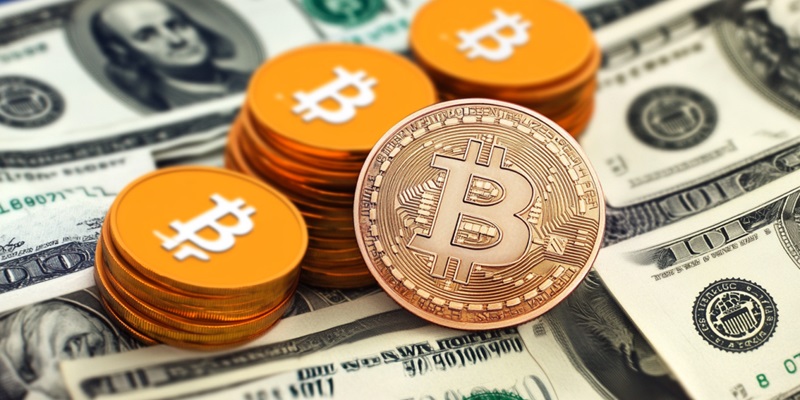In a notable trend within the cryptocurrency market, Bitcoin whales—wallets holding at least 100 BTC—have been increasing their activity significantly. As smaller traders sell off their holdings amid falling prices, these large investors have aggressively purchased Bitcoin. According to Santiment, a blockchain analytics platform, the number of whale wallets hit a 17-month high with an addition of 283 new wallets holding at least 100 BTC just in August. The total number of such whale wallets now stands at 16,120. This accumulation by major players indicates a strategic move to acquire more Bitcoin at lower prices, capitalizing on market fear that has gripped smaller traders.
Whales and Sharks in the Bitcoin Market
In addition to the activities of these whale wallets, which have been driving significant Bitcoin accumulation, another echelon of investors, commonly referred to as "shark" wallets, has also been making notable purchases. Shark wallets, which hold at least 10 bitcoins, have collectively accumulated over 133,000 BTC, valued at approximately $7.6 billion, over the past 30 days. This aggressive acquisition is juxtaposed with the behavior of smaller traders who are offloading their assets as the price dips. Santiment’s data suggests that the smaller traders’ selling spree is fueled by a pervasive state of "Fear," as represented by the Crypto Fear and Greed Index, currently positioned at a rating of 26.
Adam Back, CEO of Blockstream and the inventor of Hashcash, underscores the extent of whale accumulation by pointing out that these large investors have been purchasing around 450 BTC daily since the price nosedived from over $62,000 to roughly $58,000 on August 28. This daily buying volume is comparable to the number of bitcoins being mined each day, making it evident that whales see the current price levels as a buying opportunity. CryptoQuant contributor Axel Adler Jr. supports this view, explaining that smaller traders might feel forced to sell as prices breach their initial entry points. This often leads to more panic selling, sometimes doubling the number of investors willing to sell at a loss, exacerbating the downward pressure on prices.
Market Sentiments and Future Prospects
In a significant development within the cryptocurrency market, Bitcoin whales—wallets that hold at least 100 BTC—have ramped up their activity considerably. While smaller investors are offloading their Bitcoin holdings due to falling prices, these large-scale investors are seizing the opportunity to buy more. Data from Santiment, a blockchain analytics firm, reveals a noteworthy increase in the number of whale wallets, reaching a 17-month high. In August alone, 283 new wallets containing at least 100 BTC were added. The total number of such whale wallets now stands at 16,120.
This accumulation by major players suggests a calculated move to purchase Bitcoin at lower prices, taking advantage of the market’s volatility and the fear prevalent among smaller traders. These strategic acquisitions by whale investors indicate a bullish outlook on Bitcoin’s future value despite current market fluctuations. The contrast in behavior between large investors and smaller traders underscores a broader trend in the cryptocurrency market, where experienced and well-funded players often capitalize on periods of uncertainty to strengthen their positions.

